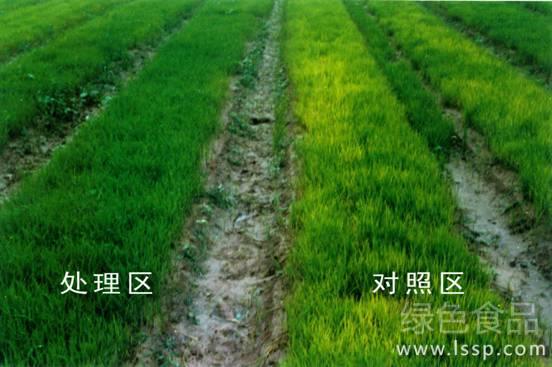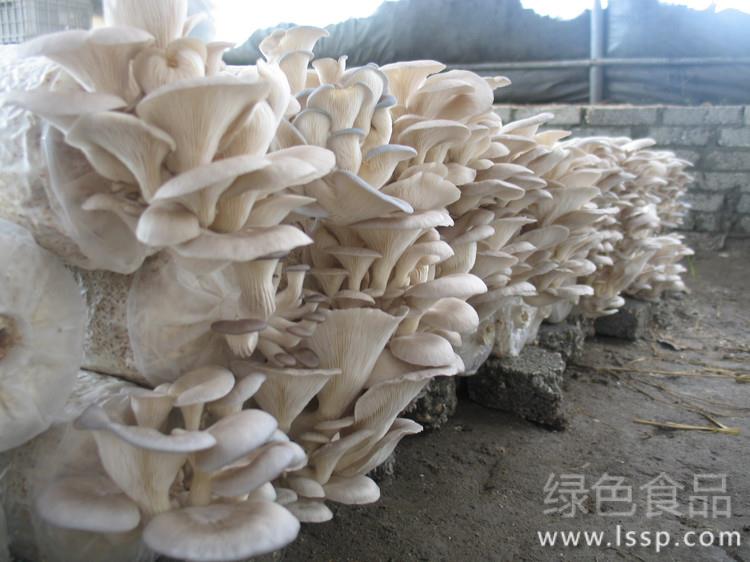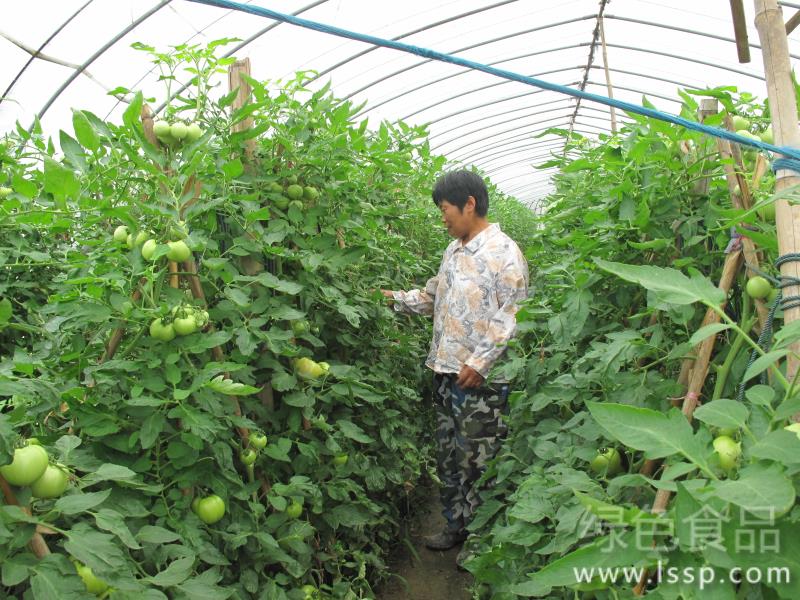Analysis on the main points of Rice Seedling raising techniques of "dry nursery nanny"

Dry babysitter
How to make it easier for farmers to farm, simpler procedures, lower costs, more increased grain production and more obvious benefits is the direction of agricultural technology departments to study and explore in recent years. The dry seedling raising technology of rice "dry nursery nanny" is an advanced and practical technology popularized at present, which not only saves labor, but also saves cost and efficiency, and meets the needs of farmers in mountainous areas in the new period, and is a good news for the broad masses of farmers in the New year.
The dry nursery technology of rice "dry nursery nanny" is another major breakthrough and innovation in rice seedling raising technology. Compared with the simplified fertilizer bed, this technique is more simple, and the seedling root carries fertilizer, which is beneficial to transplanting with soil, and can cultivate large and strong seedlings. Using rice "dry nursery nanny" to raise seedlings, we should master the following technical points:
1. Choose the right model. The dry nursery type "dry nursery nanny" should be selected for the application of dry cultivation hand transplanting rice seedlings, and the "dry nursery nanny" of throwing seedling type should be selected for dry cultivation and throwing seedlings.
2. Determine the dosage. One bag (350 grams) of dry nursery nannies and 1-1.2 kilograms of mixed rice seeds are used in each mu of field.
3. Soak the grain seeds. Soak the selected rice seeds in clean water for 8-12 hours. If the temperature is low, the soaking time should be long; if the temperature is high, the soaking time should be short.
4. Dressing before broadcasting. Remove the soaked rice seeds and drain them until the rice seeds are not dripping. According to the proportion of 1-1.2 kg of rice seeds mixed with each bag of "dry nursery nanny", pour the seed coating agent into the magnetic basin first, and then add the clean soaked rice seeds slowly into the magnetic basin and roll the coating until all the seed coating agents are wrapped on the seeds. The cereal seed can be sown after it is slightly dried.
5. Fertilizing and matching. The place with close water source and convenient management is selected as the seedling raising site. The seedling bed prepared for dry raising and throwing seedlings should not choose the soil with high sand content, but should choose the fertile and sticky tea orchard. The seedlings raised in this way are not only strong, but also have a large amount of soil in the roots, which is convenient for throwing seedlings. General hilly paddy fields need 25-30 square meters of seedling beds per mu, and 40-50 square meters of seedling boxes for rape or wheat stubble fields. Dig up the box and apply enough rotten farm manure or dung water, and apply sufficient base fertilizer according to the standard of 25 kg compound fertilizer per mu. Before sowing, the ditch is 1.5 meters wide, 35-40 cm wide and 20 cm deep. Crush and rake the soil so that the soil and fertilizer are mixed evenly so that the seeds can be sown.
6. Pour enough bottom water. The bottom water of dry nursery seedlings must be poured thoroughly before sowing, so that the water content within 10 cm of the seedling bed can reach a saturated state, which is the key to reduce the early management of the seedling bed.
7. Evenly sowing and covering seeds. Spread the coated seeds evenly on the seedling bed, gently suppress them, and cover the grain seeds with sifted fertile soil.
8. Chemical weeding. After covering the seeds, special herbicides for dry cultivation were sprayed, such as dry seedling green, dry seedling net and so on.
9. Post-broadcast management. In the early stage after sowing, plastic film should be used to seal tightly and firmly, keep warm and moisturize, promote early emergence and complete seedlings. After emergence, pay attention to gradual ventilation to promote seedlings, to prevent high-temperature burning seedlings. After 2-3 leaves, pay attention to watering and fertilization, remove weeds, the day before planting, the seedling bed will be fully watered once, in order to facilitate the seedling root with "moisture absorption mud ball", easy to grow seedlings after planting. When pulling seedlings, one or two seedlings should be pulled up.
10. Pest control. It is basically the same as the general dry seedling raising. When using rice "dry nursery nanny" to raise rice seedlings, we should also pay attention to the following matters:
(1) to control the amount of seed used. Using "dry nursery nanny" to raise seedlings has high seedling emergence rate, high adult seedling rate and many tillers, so it is necessary to reduce the seed quantity appropriately. Hybrid rice seeds of 1.0-1.2 kg per mu of field can be used.
(2) controlling the moisture content of seed soaking. After soaking the grain seeds, remove and drain the water droplets, and then mix the seeds. If the rice seed is too dry, mix it with the seed coating agent; if the rice seed is too wet, the seed coating agent will absorb water and expand and bond into a lump, which will not be evenly mixed.
(3) the skill of seedling throwing should be mastered by dry raising and throwing seedlings. The whole field of throwing seedlings should have a good box trench, and the box surface should reach the standard of "shallow, flat, paste and clean", and high throwing and quantitative uniform throwing should be carried out in order to increase the depth of seedling roots, improve the rate and uniformity of upright seedlings, and reject the box trench seedlings to the box surface after throwing.
(4) pay attention to water management. After planting seedlings, the irrigation technique of "rooting without water layer and supporting seedlings in shallow water layer" was carried out. Only keep water in the chamber ditch within 48 hours, and then irrigate with shallow water after taking root, so as to promote the establishment of seedlings.
- Prev

Reasonable attention should be paid to "Nine look and Nine taboos" in Mushroom Water Management
Reasonable attention should be paid to "Nine look and Nine taboos" in Mushroom Water Management
- Next

Vegetable farmers must learn six tricks to prevent premature senescence of fruits and vegetables.
Vegetable farmers must learn six tricks to prevent premature senescence of fruits and vegetables.
Related
- Fuxing push coffee new agricultural production and marketing class: lack of small-scale processing plants
- Jujube rice field leisure farm deep ploughing Yilan for five years to create a space for organic food and play
- Nongyu Farm-A trial of organic papaya for brave women with advanced technology
- Four points for attention in the prevention and control of diseases and insect pests of edible fungi
- How to add nutrient solution to Edible Fungi
- Is there any good way to control edible fungus mites?
- Open Inoculation Technology of Edible Fungi
- Is there any clever way to use fertilizer for edible fungus in winter?
- What agents are used to kill the pathogens of edible fungi in the mushroom shed?
- Rapid drying of Edible Fungi

